In custom silicone product development, sample evaluation is a critical step. It bridges the gap between design and production. More importantly, it helps prevent mass-production issues, control costs, and protect your brand reputation.
So how can you evaluate sample quality in a thorough and reliable way? This article will walk you through it from multiple angles, with practical insights.
Why Check Sample Quality Before Production?
In silicone product development, checking samples early is more than a routine step. It’s a smart way to avoid big problems later. If issues like wrong color, size errors, or poor function only show up after mass production starts, you may face delays, higher costs, and even lose customer trust.
By carefully testing the sample before production, you can catch problems early. This helps reduce waste, avoid rework, and keep your delivery on track. It also makes sure your product stays consistent, and your customers stay happy.
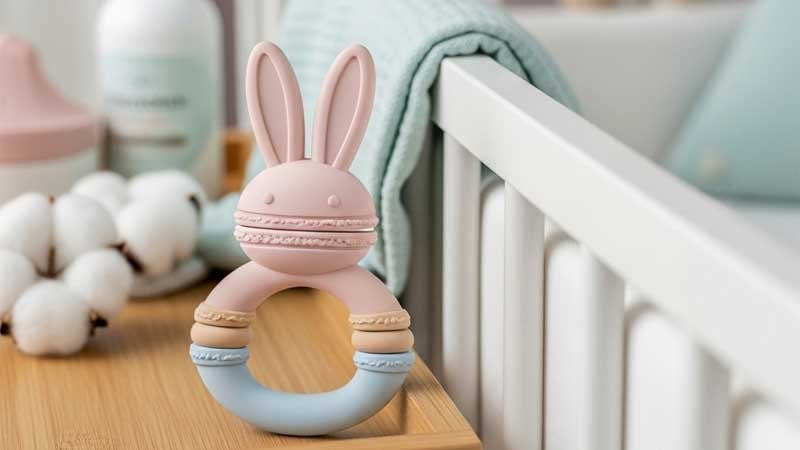
How to Check Appearance and Dimensions?
Appearance and size are the first things customers notice. They directly affect trust and buying decisions. Issues like uneven color, rough edges or poor fitting parts can lead to complaints or even returns. That’s why you need to check appearance and dimensions carefully during the sample stage.
Appearance Checks
Start by checking the color. Does it match the Pantone reference or the sample your customer provided? For transparent or semi-transparent silicone, pay attention to yellowing, haze, uneven tones, or cloudiness. These all affect the product’s appearance and perceived quality.
Next, take a closer look at the surface. Even small flaws can leave a bad impression or signal production issues. The table below shows common problems and what you should look for during inspection.
| Issue | What to Look For |
| Flash/ Burrs | Any extra material along edges or parting lines? |
| Bubbles / Voids | Any visible air pockets or dents on the surface or inside? |
| Impurities/ Black Spots | Any uncured material, dust, oil, or metal particles? |
| Flow Marks/ Short Shots | Any signs of incomplete filling or uneven flow from molding? |
| Scratches/ Indents | Any damage from demolding, packing, or shipping? |
Dimension Checks
Good looks matter, but the right fit matters even more. A well-sized product fits easily, works as intended, and meets function standards.
Measure Key Dimensions
Use the right tools for accurate measurement:
- Caliper: For measuring thickness, inner/outer diameter, depth, and basic sizes.
- Micrometer: For more precise measurement, especially for small parts.
- 2D/3D Vision System: Quickly checks curves and tiny features.
- CMM: For complex parts that need high accuracy.
Check Against Tolerance Range
Compare the results with your drawings or spec sheet. Focus on:
- Are measurements within the allowed range?
- Are there big differences between samples?
- Will it fit properly with other parts—no interference or gaps?
Flatness and Shape Stability
- Is there any warping, twisting, or sagging?
- This is especially important for large items like silicone trays or gaskets. Flatness matters for function.
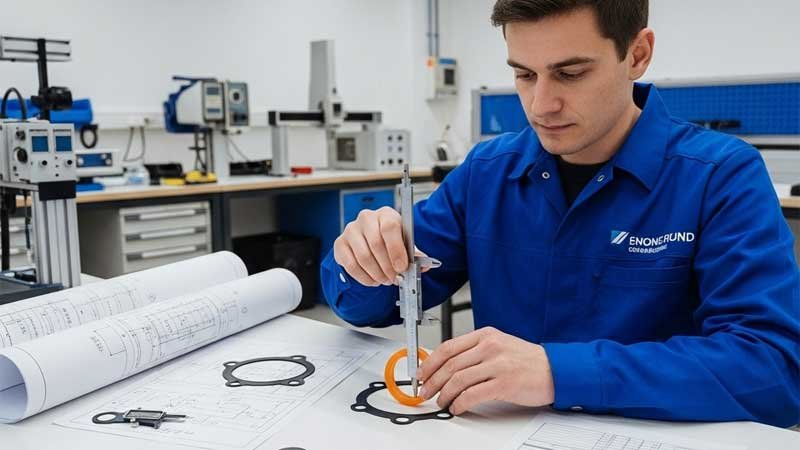
How to Test the Physical Performance of Silicone Products?
Physical performance is one of silicone’s biggest strengths. It affects how the product feels and how well it works under pressure, impact, or extreme temperatures. That’s why physical testing is so important during the sample review. The table below shows common tests.
| Test | Key Indicators | Typical Applications |
| Hardness Test | Shore A hardness; affects softness and use scenarios | Soft: phone case; Medium: sealing ring; Hard: spatula |
| Tensile & Tear Strength | Tensile strength, elongation at break, tear resistance | Wristbands, baby teethers, perforated pads |
| Compression Set | Ability to recover shape after long-term pressure | Sealing gaskets, silicone keypads |
| Temperature Resistance | High-temp aging, low-temp brittleness | Baking molds, outdoor gear, medical silicone |
| Chemical Resistance | Resistance to acids, alkalis, oils, and solvents | Labware, auto parts, industrial seals |
| Resilience | Ability to bounce back after impact | Shock pads, cushions, sports gear components |
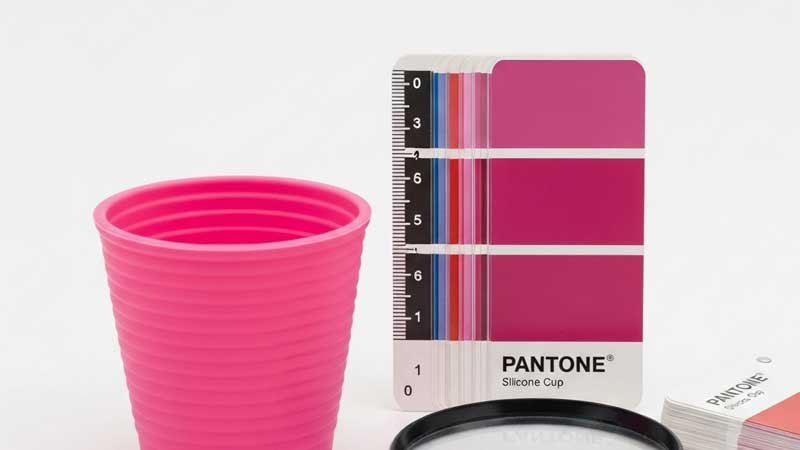
How Do You Test Functionality?
Functional testing helps confirm whether the product meets real-world needs. Whether it’s a silicone keypad, baby teether, sealing ring, or shock-absorbing part, all products must go through proper testing to make sure they stay reliable over time and deliver a good user experience.
Assembly Test
This test checks if the parts match as they should.
- Try fitting the silicone part with matching plastic, metal, or other components.
- Check if the assembly is smooth and stable.
- Watch for tight spots, loose fits, jamming, or falling off.
Performance Simulation
True function needs to be tested in real-life conditions. The following tests are especially important。
| Test Item | Product Type | What to Check |
| Button Life Test | Keypads, remote buttons | Press repeatedly. Check rebound, feel, cracks, or wear. |
| Sealing Test | Gaskets, lids, seals | Use water, air, or vacuum pressure. Check for leaks. |
| Flex/Fatigue Test | Tubes, bands, earbud wires | Bend or stretch repeatedly. Look for cracks, lasting changes, or loss of function. |
| Drop Test | Protective cases, baby products | Drop from height. Check for cushioning and shape damage. |
Special Function Tests
If your product has unique features, special tests are needed:
- Conductive silicone: Check for stable resistance.
- Insulating or flame-retardant silicone: Do breakdown or UL 94 flame rating tests.
- Anti-static silicone: Confirm surface resistance is within spec.
- High/low temp use: Expose to 200°C or -40°C, then check for shape, hardness, or performance changes.
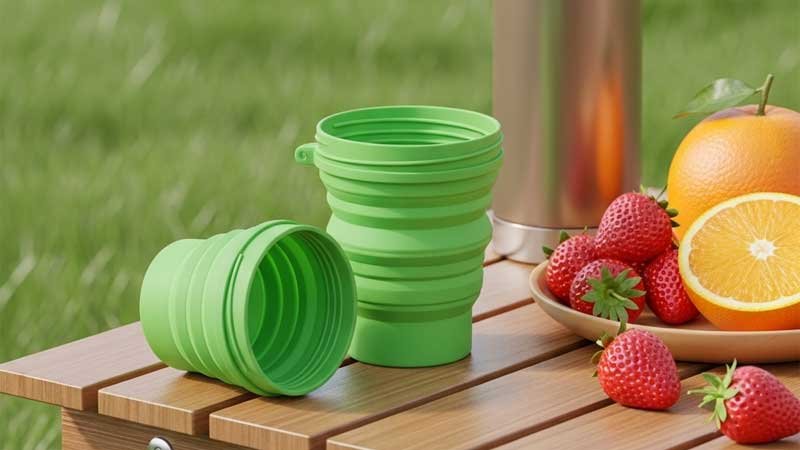
How Do You Check for Regulatory Compliance?
When reviewing samples, many people focus on how the product looks and works. But ignoring regulatory checks can cause serious issues later, like delays in customs clearance or listing rejections on sales platforms. This is especially true for silicone products used in food contact or baby care.
To avoid trouble, ask your supplier for up-to-date third-party test reports early in the sampling stage. Also confirm the material source and formula to prevent delays or rejections down the line.
Here are some of the most important regulations for global markets.
- FDA (United States)
- FDA regulations apply to food-contact silicone products like bowls, plates, baby bottles, and pacifiers. The material must remain safe when exposed to heat, acids, oils, and other common conditions. Suppliers should provide reports that meet FDA CFR 21 standards.
- LFGB (European Union)
- LFGB is the EU standard for food-contact safety. It’s even stricter than FDA, especially when testing for oil-based food simulations. Passing LFGB is often seen as a sign of high quality, and is important for entering strict markets like Germany.
- REACH (European Union)
- REACH focuses on chemical safety. Products must not contain SVHCs (Substances of Very High Concern), such as heavy metals, plasticizers, or phthalates. Even non-food silicone items must pass REACH testing to be sold in the EU.
- EN71 / CPSIA (Baby & Toy Products)
- EN71 is the EU toy safety standard, while CPSIA is its U.S. counterpart. Both cover things like mechanical safety, tensile strength, and heavy metal content. These are essential for silicone teethers, baby toys, and other child-related items.
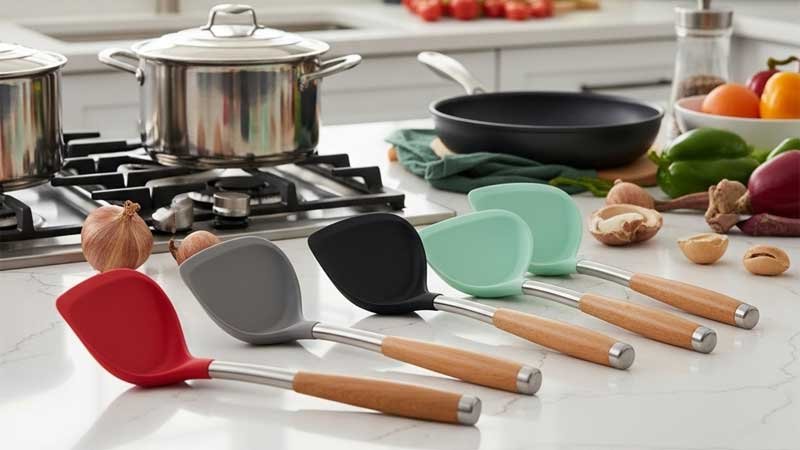
Conclusion
A sample is not just a checkpoint between design and mass production. It’s your first safety net. By carrying out a detailed, multi-dimensional evaluation, you can reduce the risk of rework and complaints, improve product consistency and compliance, and set clear quality standards with your supplier.
If you’re working on a custom silicone project, we’re here to help. With over 10 years of silicone manufacturing experience, we offer a professional one-stop solution tailored to your needs.